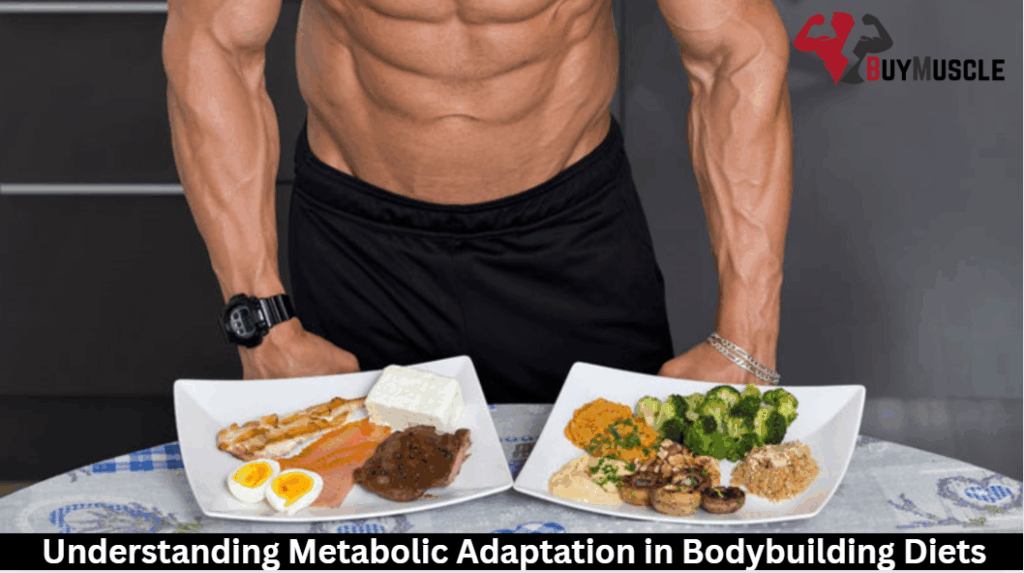Understanding Metabolic Adaptation in Bodybuilding Diets
Metabolic adaptation occurs when your body reduces energy expenditure to match decreased caloric intake during bodybuilding diets. You’ll experience hormonal shifts, including lower testosterone, reduced thyroid function, and decreased leptin levels, making fat loss more challenging over time. To combat this, implement strategic refeeds, diet breaks, and progressive caloric deficits rather than extreme cutting. Prioritize […]
Understanding Metabolic Adaptation in Bodybuilding Diets Read More »








